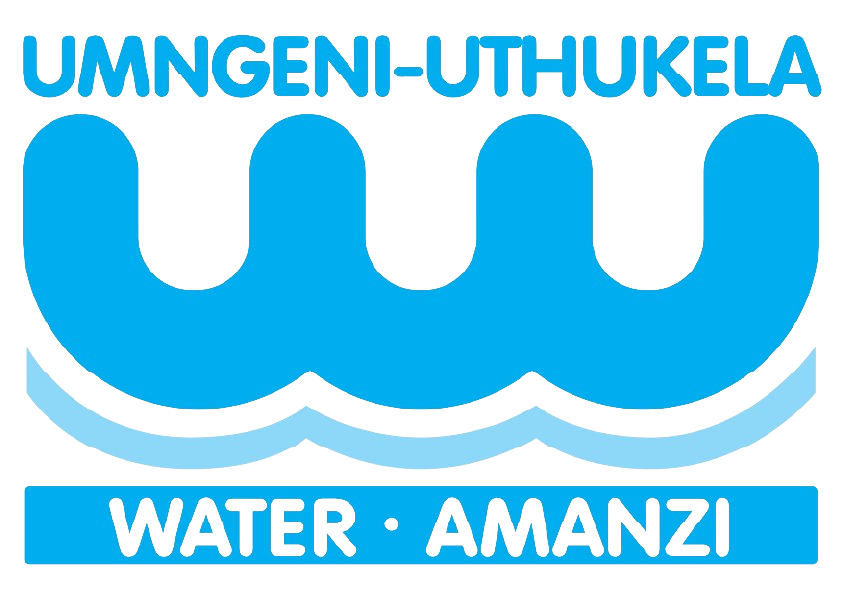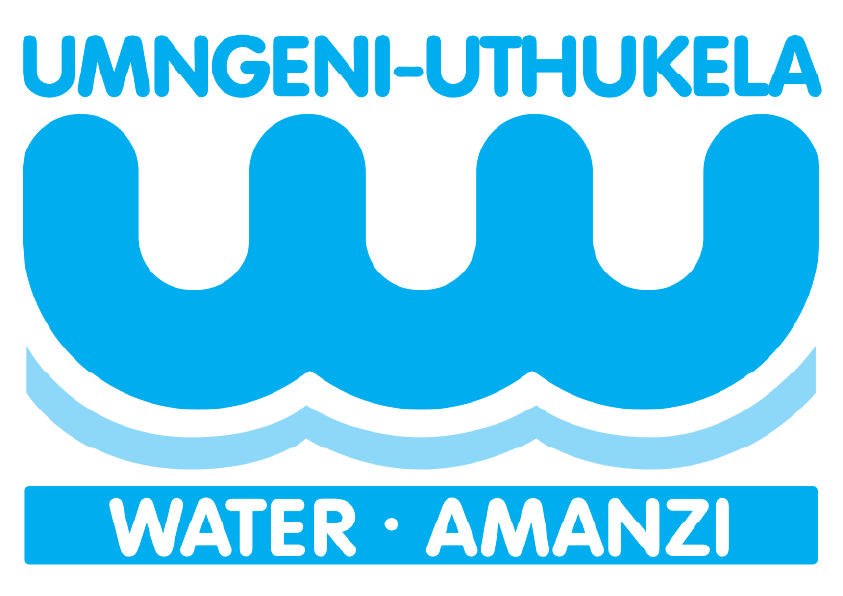Inanda Dam Aquatic Weeds Status And Considerations For The Dusi Canoe Marathon 2022
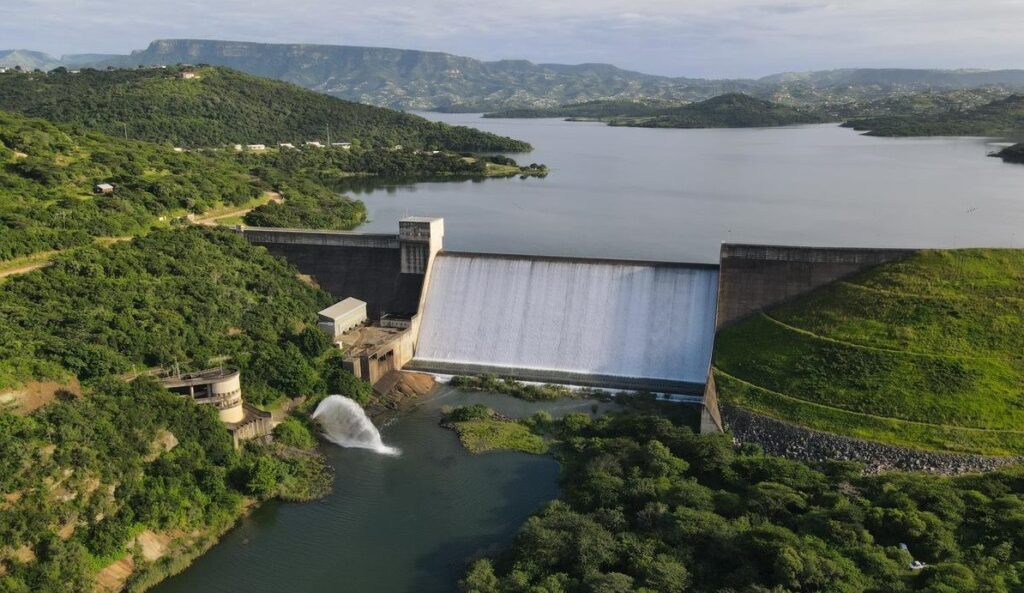
[vc_row][vc_column][vc_column_text][/vc_column_text][/vc_column][/vc_row]
STATEMENT: Water Monitoring and Releases Ahead of the Dusi Canoe Marathon
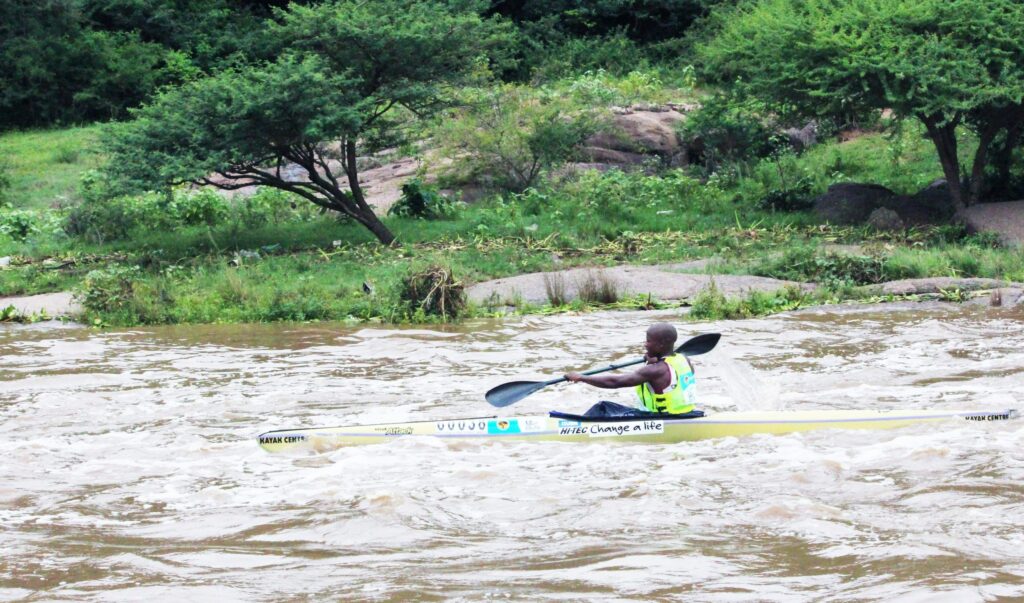
[vc_row][vc_column][vc_column_text][/vc_column_text][/vc_column][/vc_row]
STATEMENT: Water resources in Mgeni System remain in healthy state as dams overflow
[vc_row][vc_column][vc_column_text]STATEMENT: Water resources in Mgeni System remain in healthy state as dams overflow Issued by the Corporate Stakeholder Management Unit, uMngeni-uThukela Water, Pietermaritzburg Friday, 11 February 2022 The five dams and a weir in the Mgeni System are all overflowing, sending collective raw water storage in this system to a four-year high. The dams in the […]
STATEMENT: Water Quality Monitoring Ahead of the Dusi Canoe Marathon
[vc_row][vc_column][vc_column_text][/vc_column_text][/vc_column][/vc_row]
STATEMENT: Reduced Supply of Potable Water from Midmar Water Works
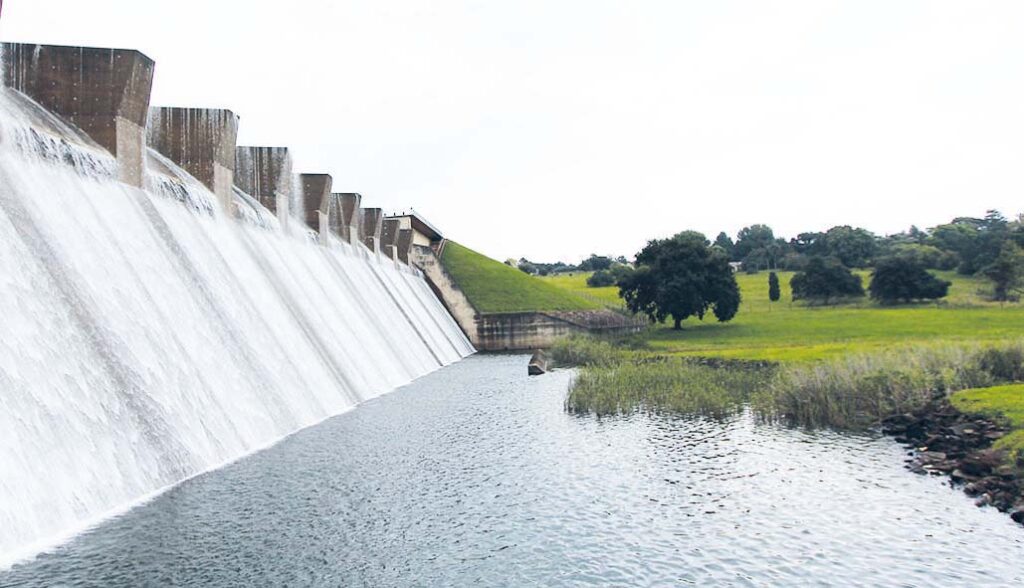
[vc_row][vc_column][vc_column_text]STATEMENT: Reduced Supply of Potable Water from Midmar Water Works Issued by the Corporate Stakeholder Management Unit, uMngeni-uThukela Water, Pietermaritzburg Thursday, 3 February 2022 Two of the four pumps that convey water from Midmar Dam to the Midmar Water Works for treatment to potable have malfunctioned, resulting in deficit of raw water supply from this […]
STATEMENT: Water Supply Interruptions in parts of Groutville: The Cause and Remedial Action Taken by uMngeni-uThukela Water
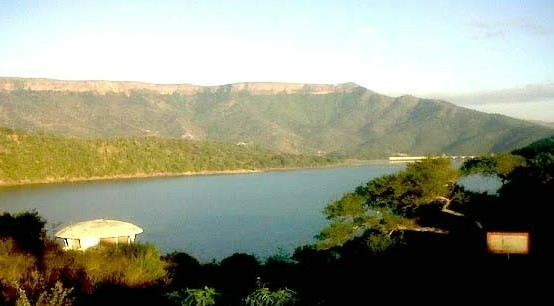
[vc_row][vc_column][vc_column_text]STATEMENT: Water Supply Interruptions in parts of Groutville: The Cause and Remedial Action Taken by uMngeni-uThukela Water Issued by the Corporate Stakeholder Management Unit, Office of the Chief Executive, uMngeni-uThukela Water, Pietermaritzburg Wednesday, 2nd February 2022 For five days since Saturday, 29th January 2022, at least seven areas in Groutville were unable to receive adequate […]
STATEMENT: Status of water resources in uMngeni-uThukela Water’s supply area as at Friday, 14th January 2022
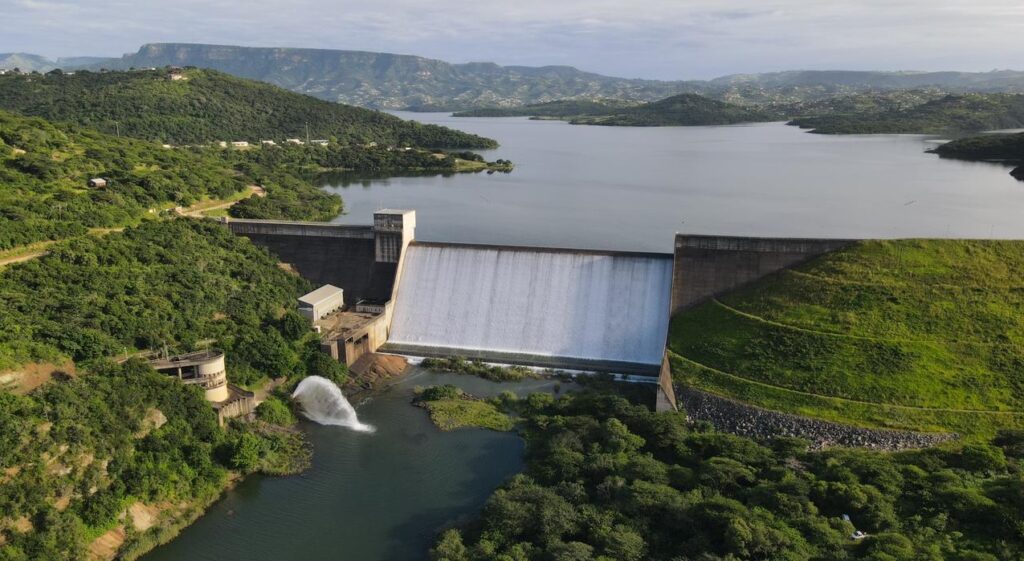
[vc_row][vc_column][vc_column_text]STATEMENT: Status of water resources in uMngeni-uThukela Water’s supply area as at Friday, 14th January 2022 Issued by the Corporate Stakeholder Management Unit, uMngeni-uThukela Water Torrential rains over the past two weeks have had a significant positive impact on the 15 dams that are operated and managed by uMngeni-uThukela Water. On Friday, 14th January 2022, […]
STATEMENT: Water deficit at Durban Heights Water Works comes to an end
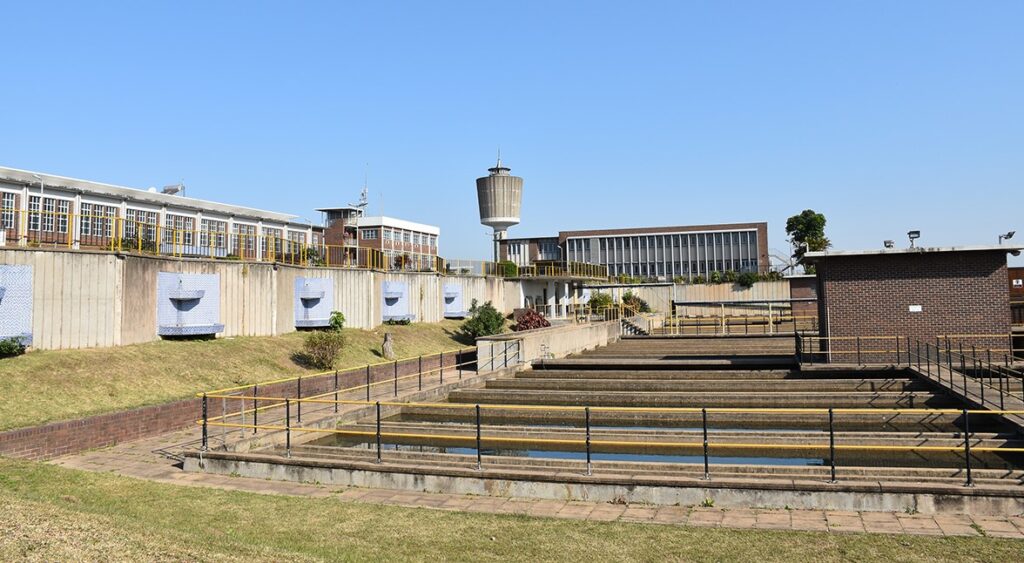
[vc_row][vc_column][vc_column_text]STATEMENT: Water deficit at Durban Heights Water Works comes to end Sunday, 19th December 2021 Joint Statement by uMngeni-uThukela Water and eThekwini Water and Sanitation Issued by the Corporate Stakeholder Management Unit, uMngeni-uThukela Water This afternoon (Sunday, 19th December 2021) full production of potable water was restored at Durban Heights Water Works following commissioning of […]
STATEMENT: Progress to date on refurbishment of shaft pump at Durban Heights Water Works

[vc_row][vc_column][vc_column_text]STATEMENT: Progress to date on refurbishment of shaft pump at Durban Heights Water Works Issued by the Corporate Stakeholder Management Unit, uMngeni-uThukela Water Work is progressing well on refurbishment of Pump 1, which failed on the night of 11th November 2021 precipitating water shortages in many parts of Durban. Reports received by uMngeni-uThukela Water from […]
STATEMENT: Shaft Pump Failure at Durban Heights Water Works

[vc_row][vc_column][vc_column_text]STATEMENT: Shaft Pump Failure at Durban Heights Water Works Statement from the Board of uMngeni-uThukela Water on Actions Instituted and Progress to Date Monday, 29th November 2021 The Board of uMngeni-uThukela Water has initiated various actions, some in conjunction with eThekwini Water and Sanitation, that are aimed at accelerating processes to bring relief to consumers […]
